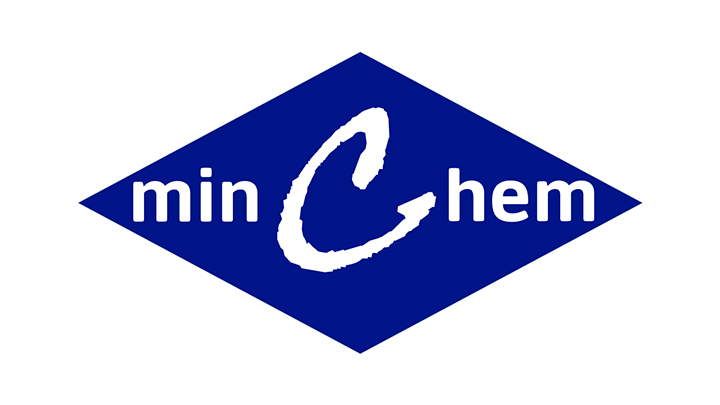Power engineering
– Stationary energy storage
POWER ENGINEERING // POWER GENERATION // POWER TRANSPORT // STATIONARY ENERGY STORAGE // MOBILE ENERGY STORAGE // RENEWABLE ENERGY
The generation of electrical energy from renewable energy sources, for example with wind power or photovoltaic equipment, often leads to a time delay between supply and demand. The optimum utilization of energy from these sources therefore requires the use of efficient storage systems.
One storage type suitable for this purpose is the high-energy battery of the type Na-S or Na-NiCl2, which is based on the use of Na–ß-Al2O3 ceramic as a solid electrolyte for Na+ions. The ceramic is used mostly in the form of thin-walled, dense-sintered tubes, which at the same time serve as separators for the electrodes.
To combat premature aging of the electrolytes in operation, for example, as a result of dendritic growth, raw materials with degrees of purity of at least 99.8 % with minimized Si content are used.
The sintering curve of ceramics is designed such that the ß“ phase that exhibits high Na+ conductivity is predominantly formed in a fine-crystalline microstructure. As this process step takes place at maximum temperatures around 1650 °C, without appropriate protective measures, the Na content of the ceramic would decrease uncontrolled and significantly as a result of partial evaporation. To prevent this, during sintering the electrolytes are encased in similarly shaped cladding tubes, for example, made of dense-sintered MgO or MgAl2O4 ceramic, which can be used over numerous sintering cycles. Besides exhibiting high thermal shock resistance, the materials used for these sintering aids must have a purity degree of at least 99.5 %, so as not to be effective sinks for Na compounds, for example as a result of corrosion of the grain boundary substance.
As the Na–ß-Al2O3 ceramic is electrically conductive, for the make-up of a storage cell their galvanic separation from the surrounding components is necessary, that is if these are electrical conductors. This can be achieved, for example, with a substance-to-substance, tight bond of the electrolytes with electrically insulating α-Al2O3 ceramic by means of glass soldering. The glass soldering materials used for this are optimized for the operating temperature of the battery, usually up to 350 °C, with regard to their thermal and chemical properties.
Today especially the Na-NiCl2 cell is favoured by different bodies. In addition to its high energy density, this system offers a high degree of safety, as during its operation, with the exception of the initial charging, no free sodium is present. This is conducive to the set-up of large-volume storage units, and therefore it has generated an enormously high demand for Na-ß-Al2O3 ceramic, electrically insulating ceramic and suitable sintering aids.
Related suppliers:







